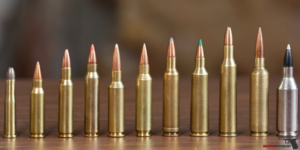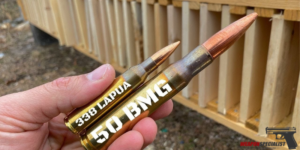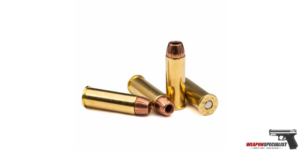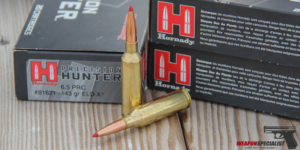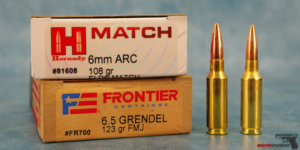The Glock 44 is a popular .22 LR pistol that has received mixed reviews from gun enthusiasts. While many users have had positive experiences with the gun, others have reported various issues and malfunctions, commonly known as Glock 44 problems.
These problems include failure to feed, failure to extract, failure to eject, and magazine feeding issues, among others. While some of these issues can be resolved through proper maintenance and handling, others may require repair or replacement by Glock. In this article, we will explore some common Glock 44 problems and how to address them.
What is Glock 44 Pistol?
Glock 44 is a semi-automatic pistol manufactured by Glock Ges.m.b.H. It is chambered in .22 Long Rifle (LR), which is a rimfire cartridge commonly used for plinking, target shooting, and training due to its relatively low cost and minimal recoil. The Glock 44 was introduced by Glock in December 2019.
- Caliber: .22 LR
- Overall Length: Approximately 7.28 inches (185 mm)
- Slide Length: Approximately 7.32 inches (186 mm)
- Barrel Length: 4.02 inches (102 mm)
- Weight (Unloaded): Approximately 14.64 ounces (415 grams)
- Magazine Capacity: Typically comes with a 10-round magazine, but larger capacity magazines may be available in some areas.
- Frame Material: Polymer
- Slide Material: Steel
- Sights: Glock-style sights (adjustable rear sights are available)
- Trigger: Safe Action trigger system
- Safety: Glock’s typical trigger safety, firing pin safety, and drop safety
- Accessory Rail: Yes, a Picatinny rail on the frame for attaching accessories like lights or lasers
- Finish: Glock typically offers various finishes and colors for their pistols.
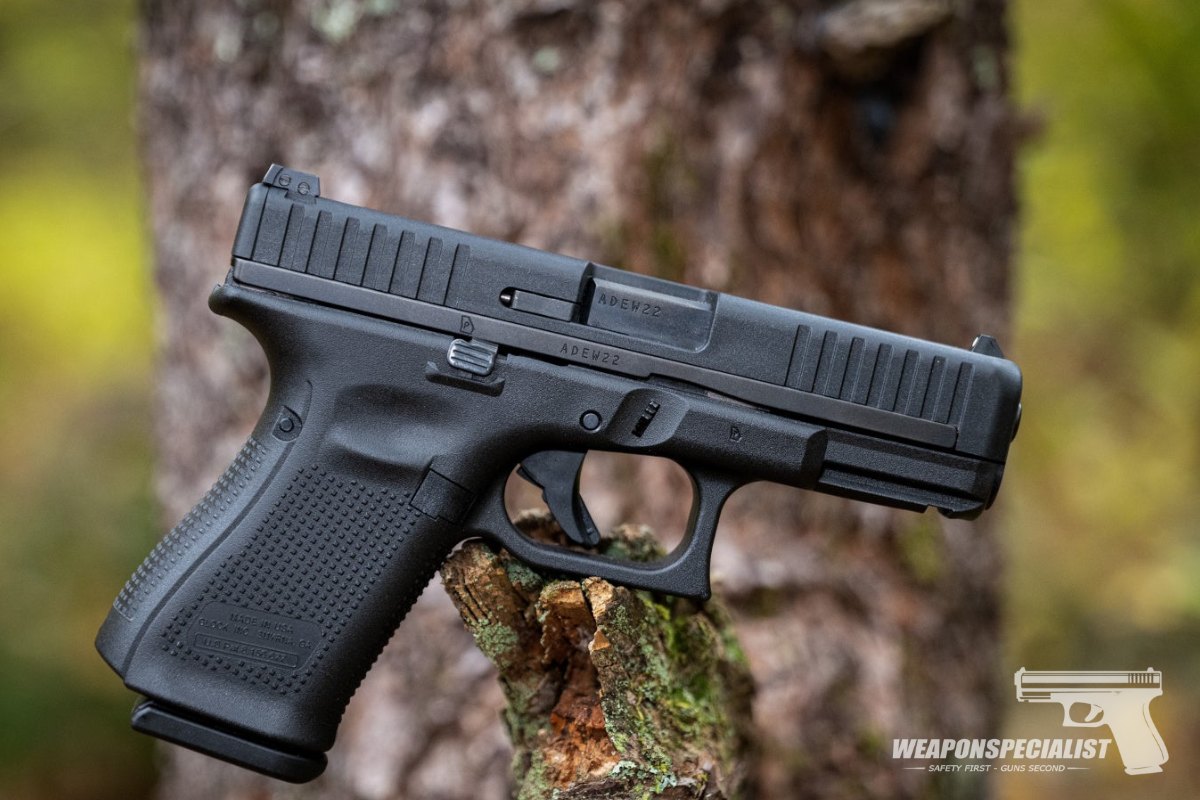
The Glock 44 Pros and Cons
| PROS |
|
| CONS |
|---|
|
5 Common Glock 44 Problems
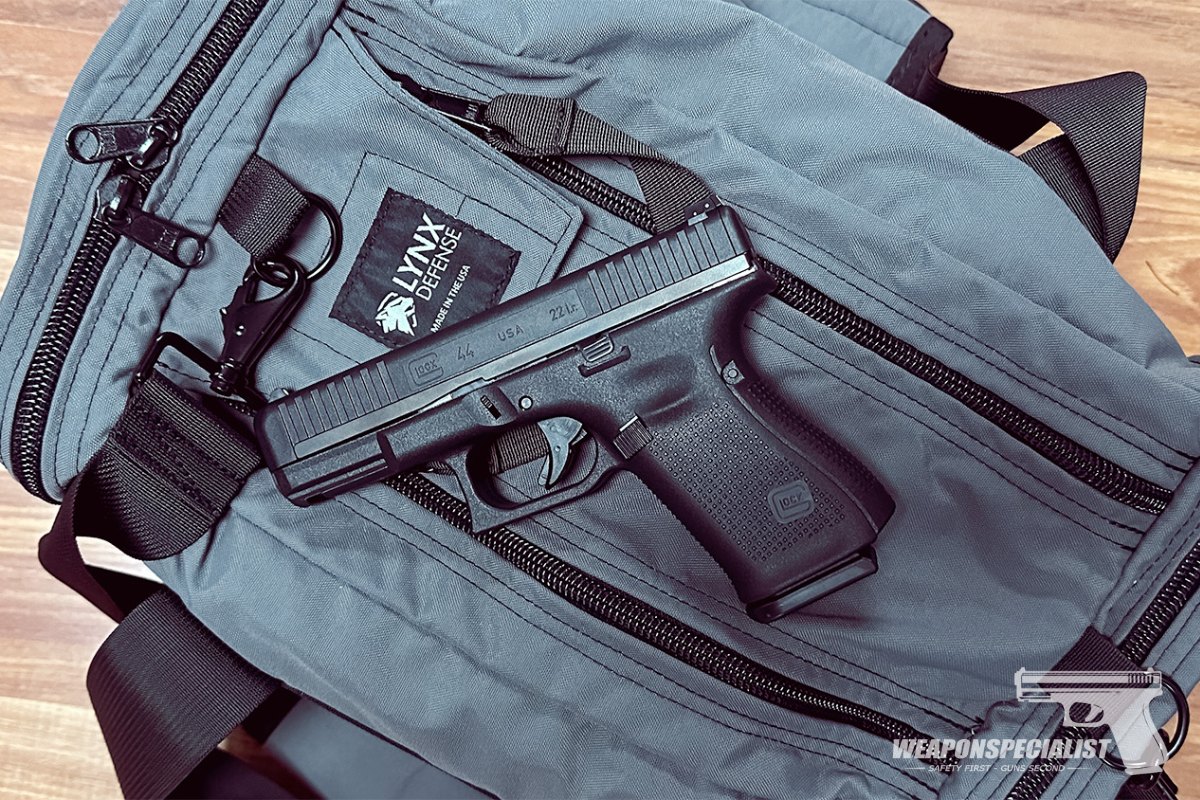
Failure to fire
If your Glock 44 fails to fire, the first thing you should do is keep the pistol pointed in a safe direction and wait a few seconds before attempting to clear the round.
Then, tap the bottom of the magazine to ensure it is properly seated and rack the slide to eject the misfired round.
If the round still doesn’t fire, you may need to inspect the ammunition or have your Glock 44 serviced.
Additionally, I suggests that failure to fire may be caused by poor ammunition performance or lack of maintenance.
Failure to eject
Failure to eject on a Glock 44 may be caused by low power factor cartridges inducing FTEs.
It is also suggested that carbon build-up on the inside of the gun could hinder the action and cause FTEs if the gun is not cleaned regularly.
I suggests that cleanliness is important to prevent FTEs and that carbon scoring inside the gun can cause stovepiping.
Failure to extract
Failure to extract on a Glock 44 can be caused by a variety of factors, including a dirty chamber, damaged extractor, or poor-quality ammunition.
To fix this issue, I recommends cleaning the gun thoroughly, checking the extractor for damage, and using high-quality ammunition.
I suggests that a damaged extractor can cause failure to extract and that damage to the extractor depressor channel can cause the extractor to fail.
Cracked slides
According to GlockTalk, there have been reports of cracked slides on Glock 44s, but it is unclear how widespread the issue is.
If you do experience a cracked slide, I suggests contacting Glock for repair or replacement.
A video on YouTube shows a Glock 44 with a cracked slide caused by a blown-out extractor.
An article on Glock Pro Forums also shows a cracked slide on a Gen 3 Glock 22 caused by dropping the slide while field stripping it.
In general, it is recommended to handle the gun carefully and avoid dropping it. If you do experience a cracked slide, it is best to contact Glock for repair or replacement.
Out of battery detonations
An “out of battery” detonation can occur when the slide is not fully in battery and the primer is struck, causing the firearm to discharge.
This can be caused by a variety of factors, including a damaged or malfunctioning firearm, poor-quality ammunition, or improper handling of the firearm.
To prevent out of battery detonations, I recommends handling the firearm carefully, inspecting it regularly for damage or malfunctions, and using high-quality ammunition.
If you do experience an out of battery detonation, I suggests seeking medical attention immediately and contacting Glock for repair or replacement.
Read more: Unpacking the Most Common Glock 19 Gen 5 Problems: A Comprehensive Guide
User Feedback About Glock 44 Issues
Users on forums such as Glock Forum, GlockTalk, and Reddit have reported various issues with the Glock 44, including failure to feed, failure to extract, failure to eject, and magazine feeding issues.
Some users have also reported cracked slides and out of battery detonations. However, it is important to note that many users have not experienced any issues with the gun and that it has received positive reviews from many gun enthusiasts.
Some users have also reported that the issues they experienced were resolved by cleaning the gun or using higher-quality ammunition.
Overall, it appears that while some users have experienced issues with the Glock 44, it is generally considered to be a reliable and accurate firearm by many gun enthusiasts.
Glock 44 Problems FAQs
Q: How can I fix failure to feed on my Glock 44?
Failure to feed on a Glock 44 can be caused by a variety of factors, including low power factor cartridges and carbon build-up inside the gun. To fix this issue, you can try using higher-quality ammunition or cleaning the gun thoroughly.
Q: What should I do if my Glock 44 has a cracked slide?
If your Glock 44 has a cracked slide, you should contact Glock for repair or replacement.
Q: What causes failure to extract on a Glock 44?
Failure to extract on a Glock 44 can be caused by a dirty chamber, damaged extractor, or poor-quality ammunition. To fix this issue, you should clean the gun thoroughly, check the extractor for damage, and use high-quality ammunition.
Q: How can I prevent out of battery detonations on my Glock 44?
To prevent out of battery detonations on a Glock 44, you should handle the firearm carefully, inspect it regularly for damage or malfunctions, and use high-quality ammunition.
Q: Is the Glock 44 a reliable firearm?
While some users have reported issues with the Glock 44, it is generally considered to be a reliable and accurate firearm by many gun enthusiasts. As with any firearm, it is important to handle and maintain the Glock 44 properly and to use high-quality ammunition to prevent malfunctions.
Q: Can I use any type of ammunition in my Glock 44?
While the Glock 44 is designed to handle a wide range of ammunition, it is important to use high-quality ammunition that is appropriate for the gun. Using low-quality or inappropriate ammunition can cause malfunctions and damage to the gun.
Q: How often should I clean my Glock 44?
It is generally recommended to clean your Glock 44 after every use to ensure that it functions properly and to prevent buildup of carbon and debris inside the gun.
Q: What should I do if I experience a problem with my Glock 44?
If you experience a problem with your Glock 44, you should stop using the gun immediately and seek assistance from a qualified gunsmith or contact Glock for repair or replacement. It is important to handle firearms safely and to address any issues promptly to ensure proper functioning and safety.
Conclusion
In conclusion, while the Glock 44 has received mixed reviews and reports of issues and malfunctions, it is still a popular firearm among many gun enthusiasts. Proper handling, maintenance, and use of high-quality ammunition can help prevent many of the common Glock 44 problems.
However, if you do experience an issue with your Glock 44, it is important to address it promptly and seek assistance from a qualified gunsmith or contact Glock for repair or replacement. With proper care and attention, the Glock 44 can be a reliable and accurate firearm for years to come.
Last Updated on October 28, 2023 by

